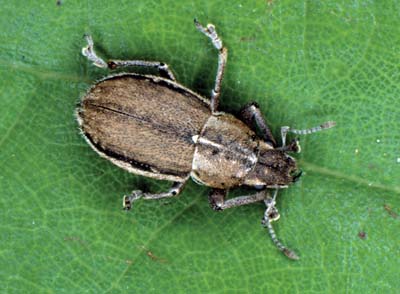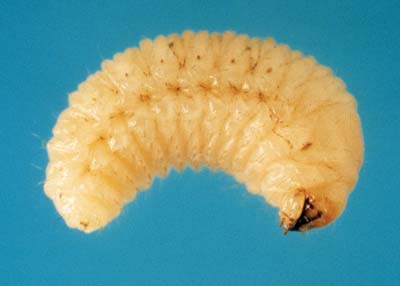To save the Web-optimized images shown below to your hard drive:
 Whitefringed beetle, Naupactus sp., adult. (Photographer: J. Castner, University of Florida) |
Click to access Display and Print quality images. |
 Whitefringed beetle, Naupactus sp., adult. (Photographer: J. Castner, University of Florida) |
Click to access Display and Print quality images. |
 Whitefringed beetle, Naupactus sp., larva. (Photographer: W. Dixon, FDACS-DPI) |
Click to access Display and Print quality images. |
 Whitefringed beetle, Naupactus sp., larva. (Photographer: J. Castner, University of Florida) |
Click to access Display and Print quality images. |
Copyright © 2005 University of Florida